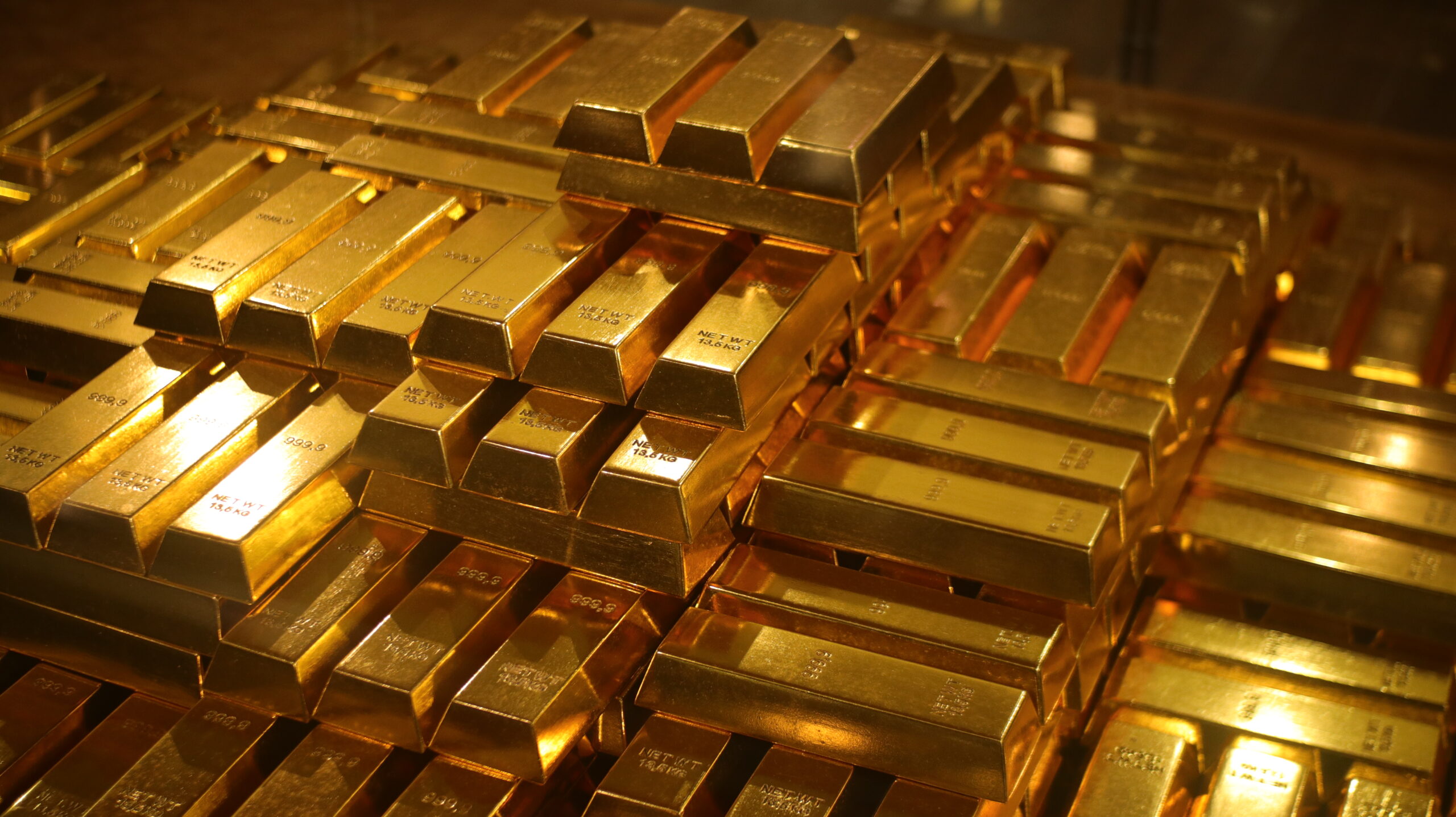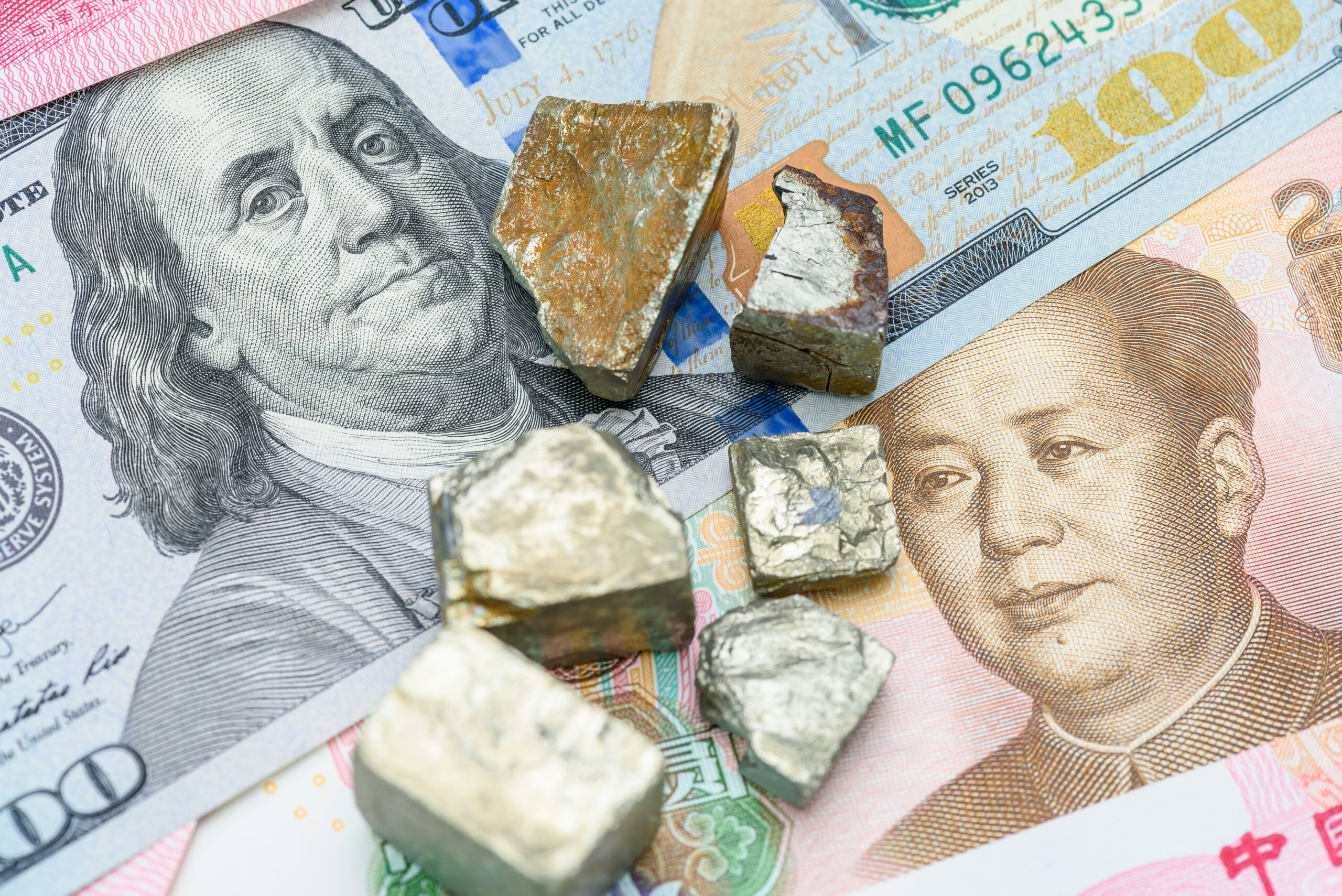Gold is having a strong day, with prices surging and breaking through key resistance levels. This positive momentum is primarily a direct result of Federal Reserve Chair Jerome Powell’s speech at the Jackson Hole symposium today.
Prior to Powell’s remarks, gold had been trading in a tight, range-bound pattern, with a slight downward bias. Investors were in a holding pattern, waiting for clues on the future of U.S. monetary policy. This cautious sentiment had seen gold’s price dip slightly, as the market grappled with conflicting economic data and an uncertain outlook for a September rate cut.
However, Powell’s speech signaled a more dovish stance than many had expected, opening the door to a potential interest rate cut. Since gold is a non-yielding asset, a more accommodative monetary policy—which typically leads to lower interest rates and a weaker U.S. dollar—makes gold more attractive to investors. A weaker dollar makes gold cheaper for buyers holding other currencies, and lower yields reduce the opportunity cost of holding the precious metal.
Following the speech, gold’s price surged, climbing over 1% and pushing past the psychological resistance level of $3,400 per ounce. This strong upward move was a clear indication of market relief and a bullish response to the prospect of a rate cut. The rally was also supported by significant trading volumes on COMEX, nearly double the daily average, suggesting a strong influx of new money into the market.
Looking ahead, analysts believe this upward momentum could continue. Some forecasts now suggest that gold could reach as high as $3,600 per ounce by the end of the year, driven by a combination of global economic headwinds, ongoing geopolitical risks, and the anticipated loosening of monetary policy by the Fed. The positive reaction from today’s speech solidifies gold’s role as a key safe-haven asset in the current financial climate



